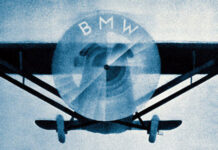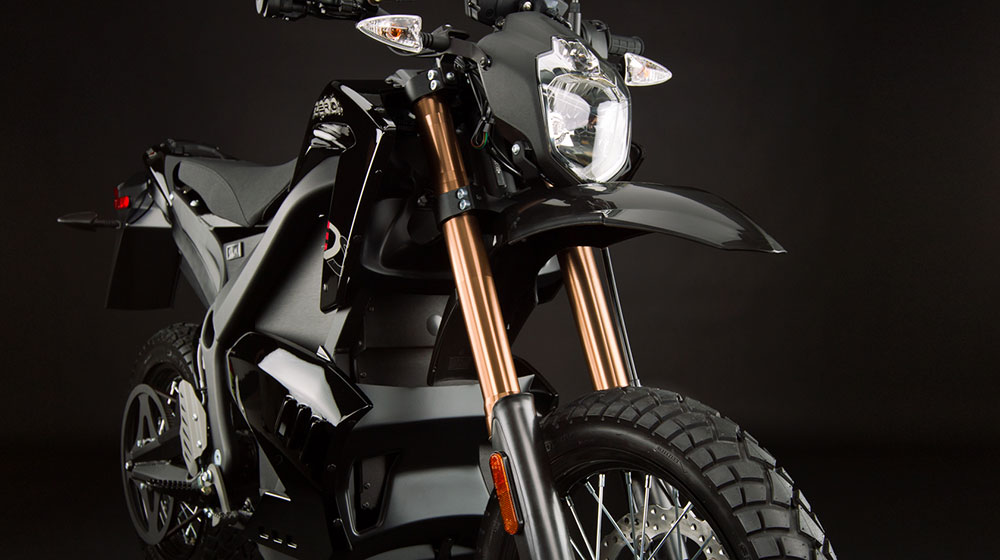The time at which front forks were first used on motorcycles is not clearly known, but it is understood that they became widespread in the early 1950s. The forerunner of the current fork is the girder fork.
The front fork is a crucial component that connects the front wheel to the motorcycle’s steering (front end). Its purpose is to minimize the impact and vibrations experienced by the front part of the motorcycle when riding on uneven roads. With the help of the front fork, the handlebars become easier to control when faced with obstacles, and the rider experiences less fatigue in their arms and shoulders during long rides.
Telescopic Fork:
The telescopic fork consists of a fork tube, which houses components such as a spring, a fork piston, and damping oil. Its main function is to efficiently absorb shocks from the front wheel and transmit them to the handlebars. This type of fork is commonly found in most commercial motorcycle models. Depending on the manufacturer, it may or may not come with a rubber protective cover. The purpose of the protective cover is to prevent dust from scratching the fork piston, as seen in the forks of Honda 67 or Bonus 125.
The damping system works as follows: Let’s say the bike encounters a stone on the right side of the road. The wheel exerts force on the suspension system, causing the damping oil to flow rapidly from chamber 1 to chamber 2 through a large cross-section. As a result, the spring compresses quickly, effectively absorbing the shock. When the wheel passes over the stone, the spring rebounds due to elastic force. At this point, the damping oil flows in the opposite direction, from chamber 2 to chamber 1. However, the flow area from chamber 2 to chamber 1 is small, resulting in slow oil flow and gradual expansion of the spring, which prevents the bike from bouncing excessively.
Advantages of Telescopic Forks:
– Easy to design, assemble, and cost-effective.
– Lighter compared to previous fork types.
– Provides a cleaner look and adjustments can be easily made according to the user’s requirements.
Disadvantages:
– Some forks lack rubber sleeves for protection, leading to scratches and damage on the fork pistons.
– The hydraulic oil inside the fork can leak through the seal if subjected to excessive compression force.
– Susceptible to bending in the event of a strong impact.
– Less noticeable feedback compared to other fork types when they are damaged.
Generally, this type of fork is designed with the upper part attached to the triple tree and tightened to the steering stem, while the fork tube (sliding component) is fixed to the fork leg. In certain modern sports and off-road motorcycles, this design is reversed, meaning the fork tube is fixed to the fork leg and the upper part is attached to the triple tree. This inverted fork or upside-down fork (USD) offers a range of advantages.
Advantages of Inverted Design:
– Reduces fork weight, as lighter materials can be used for internal components.
– Enhances comfort and responsiveness when encountering impact. With the inverted design, the impact force from the front wheel on the fork is reduced, while the force from the fork leg to the fork is increased. This results in a longer travel range for the fork and a smoother ride.
– However, this type of fork is more prone to hydraulic oil leaks from the fork tube or seal.
According to records, the BMW R12 and R17, produced in 1935, were the first motorcycles equipped with a hydraulic telescopic fork system. Although a telescopic fork system without hydraulic oil was applied to motorcycles in 1908 by a British company and in 1934 by a Danish company, these instances are not officially recognized due to the incomplete nature of the system at that time.











































![[CAR REVIEW] All-new Mercedes-Benz C 300 AMG: Worthy of the top spot](https://vnauto.net/wp-content/uploads/2023/11/xehay-MercedesBenzCclass-23112022-13-100x70.jpg)

